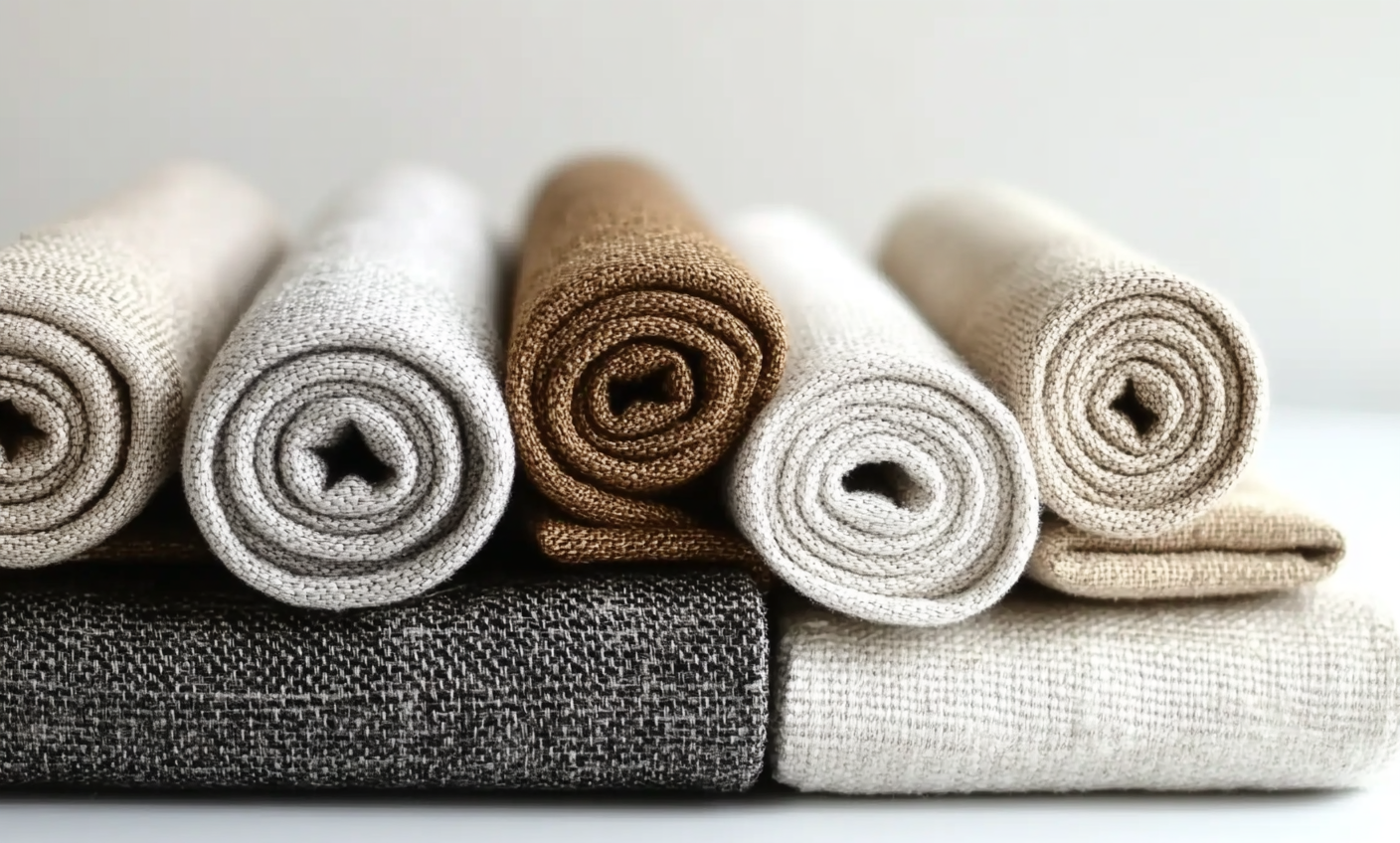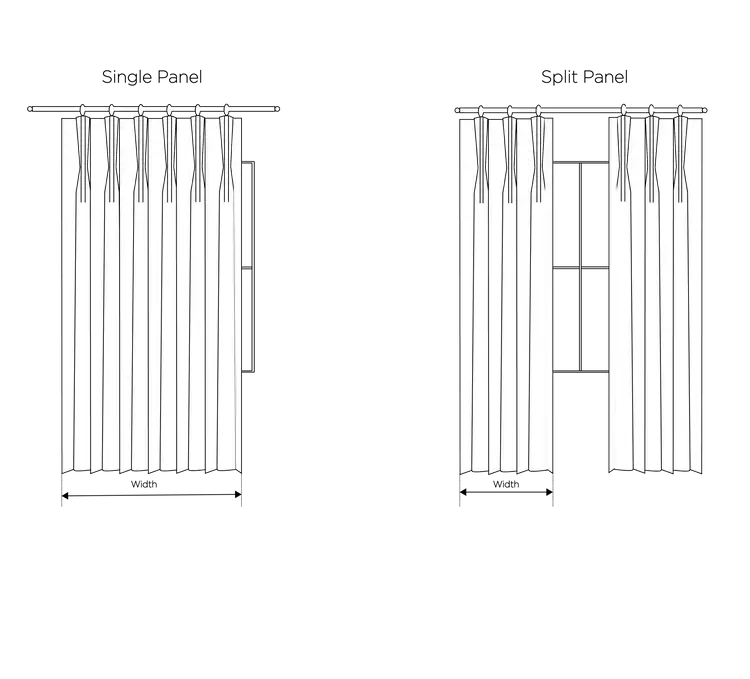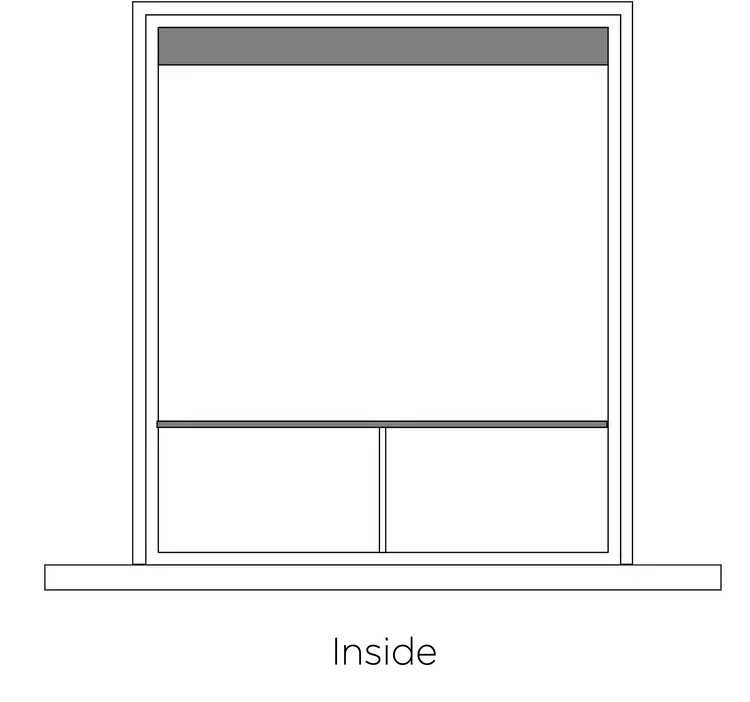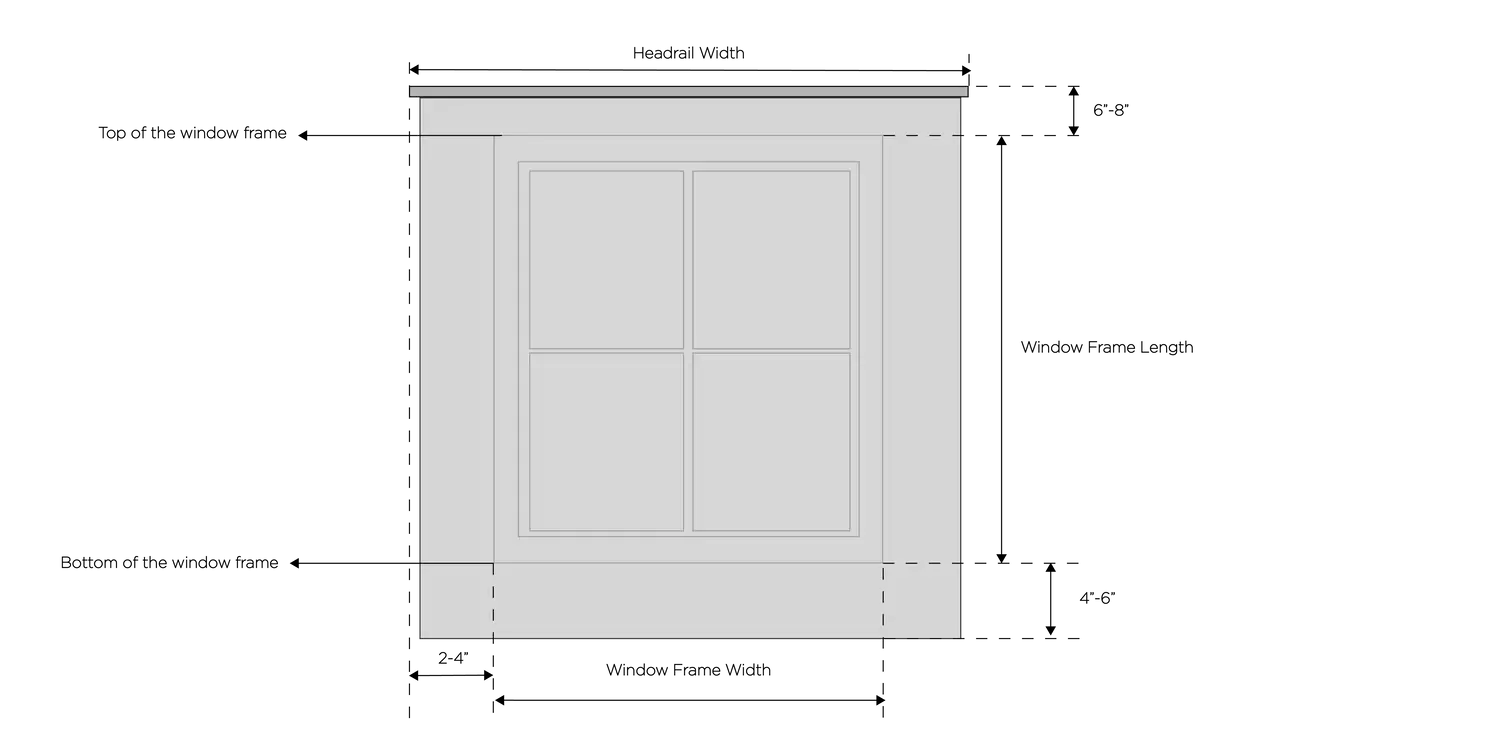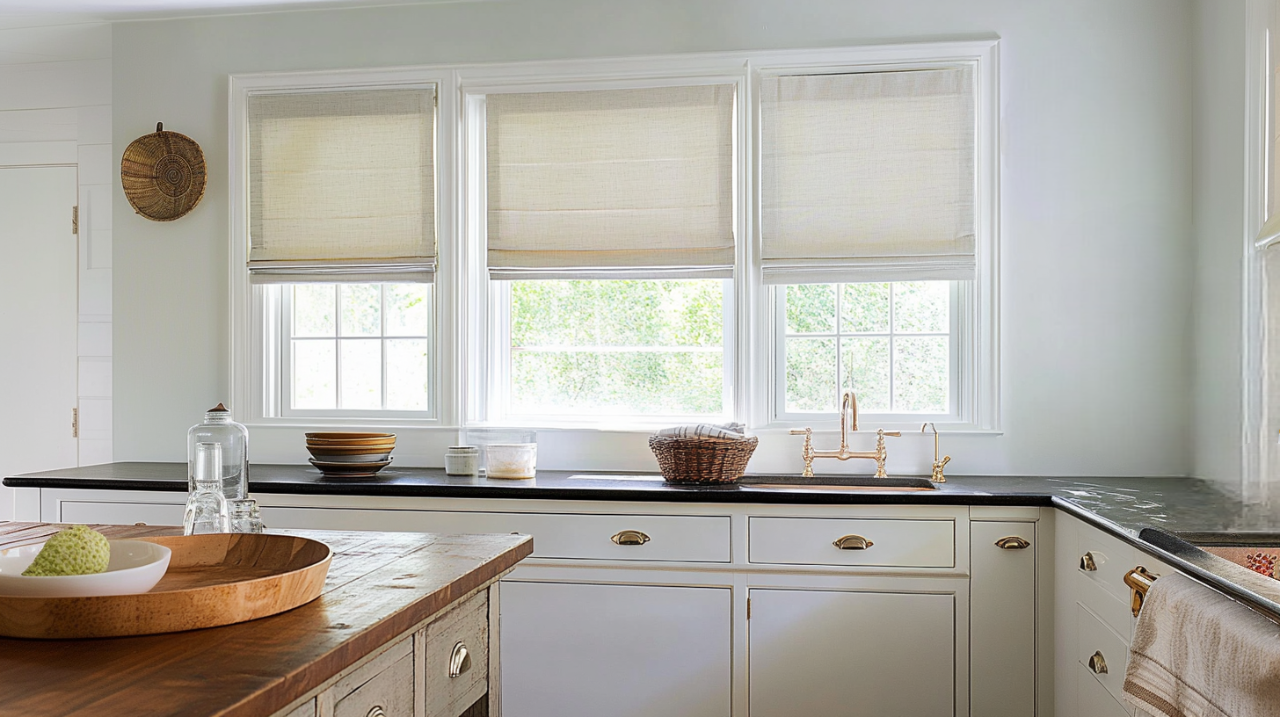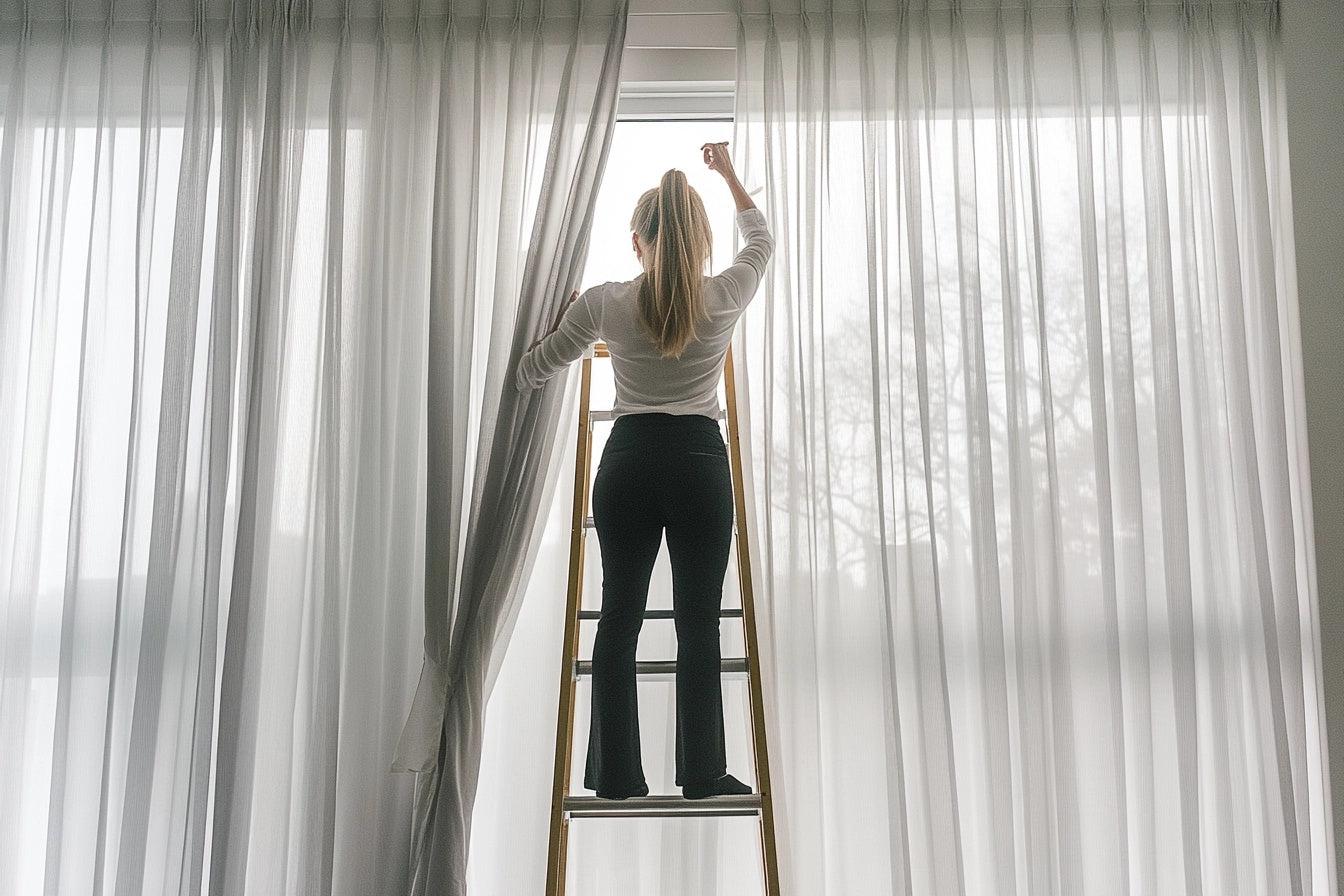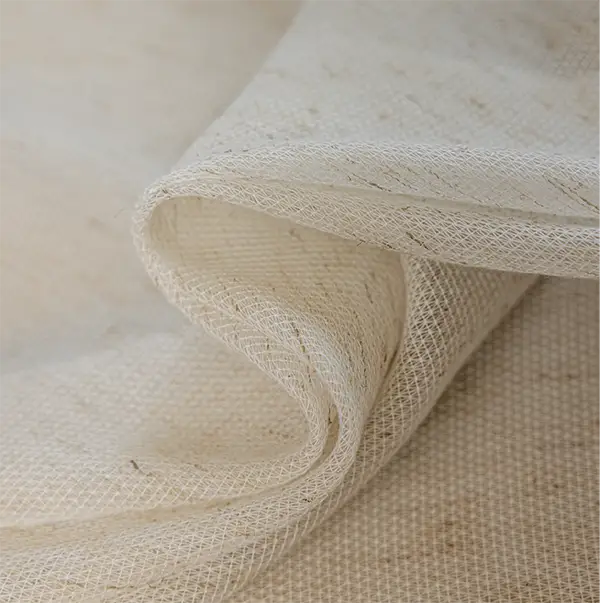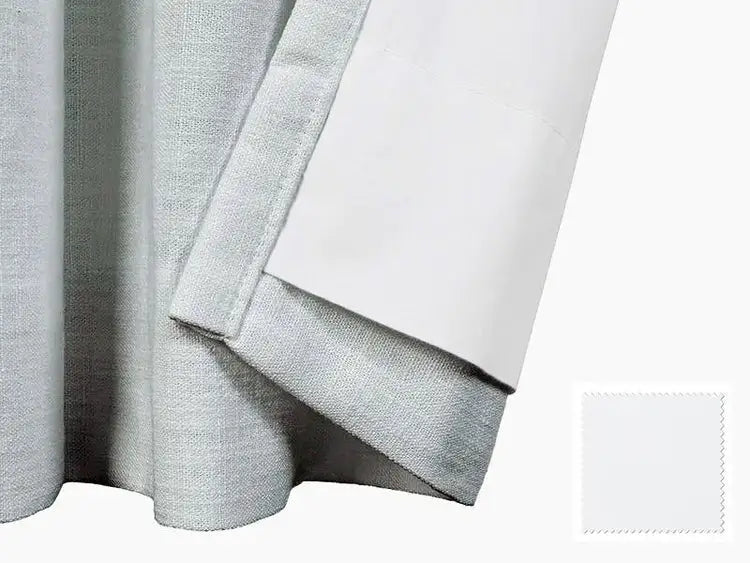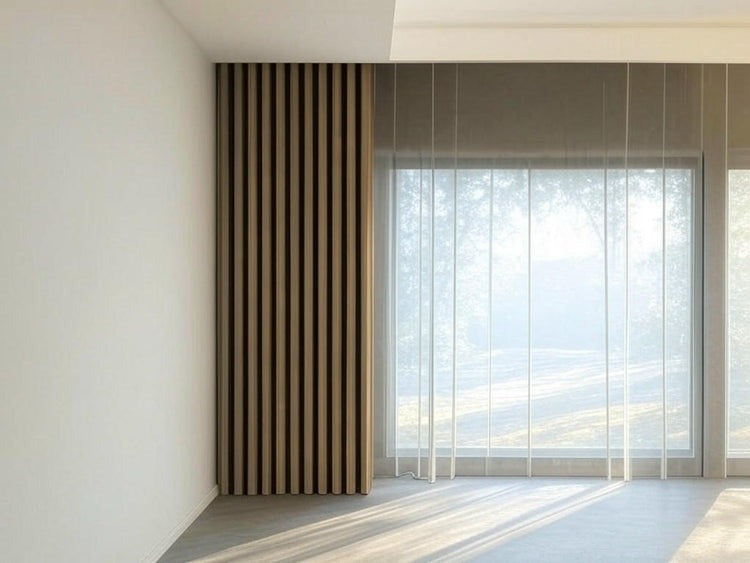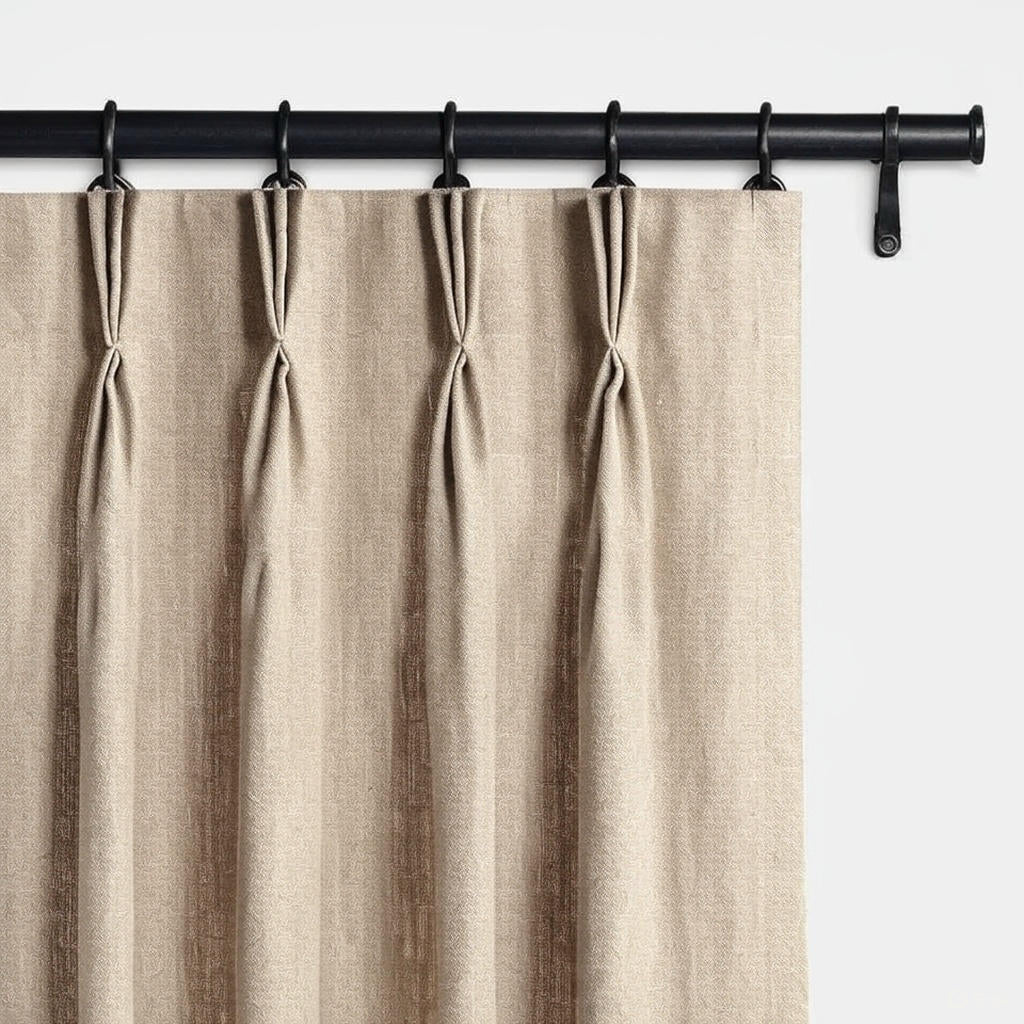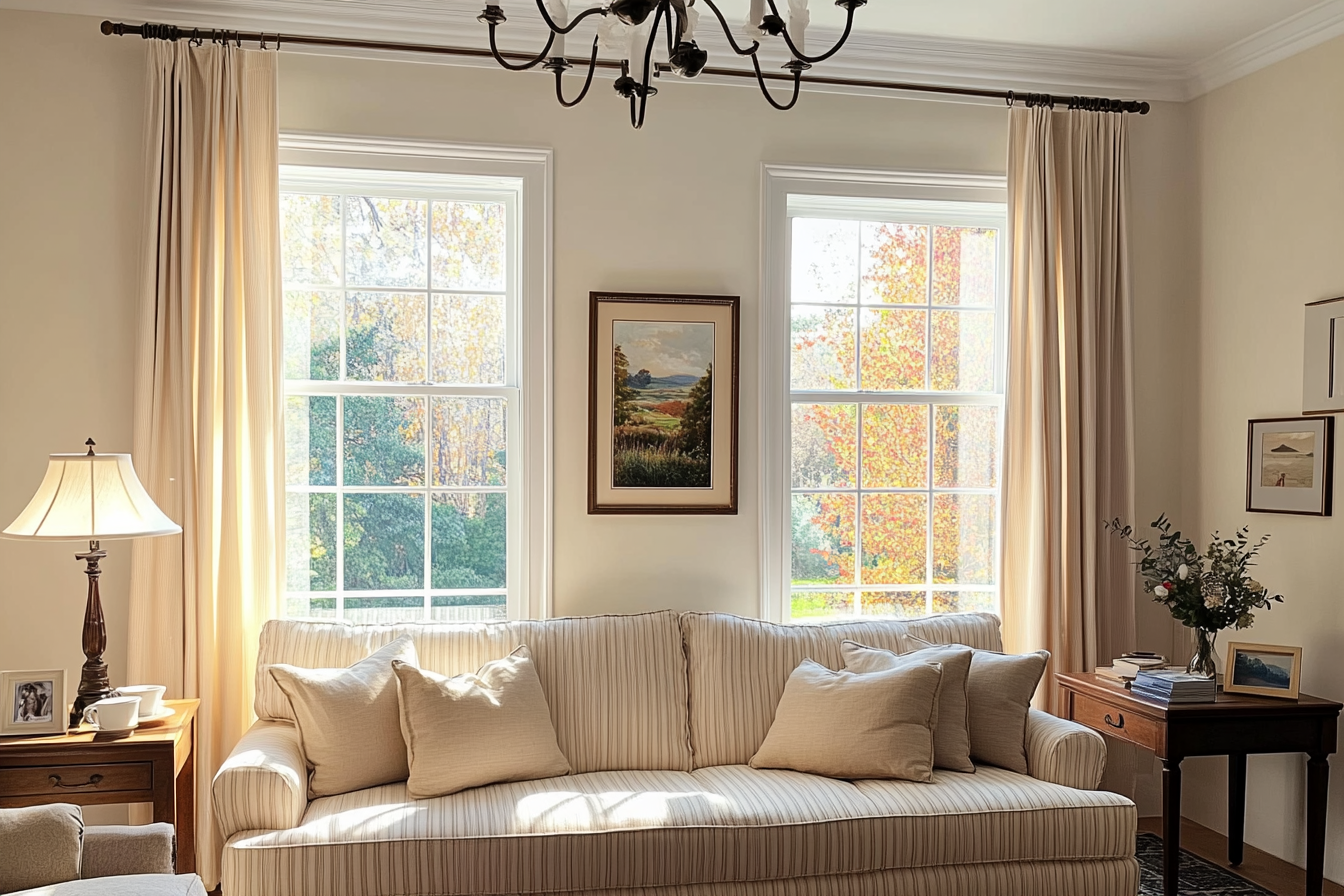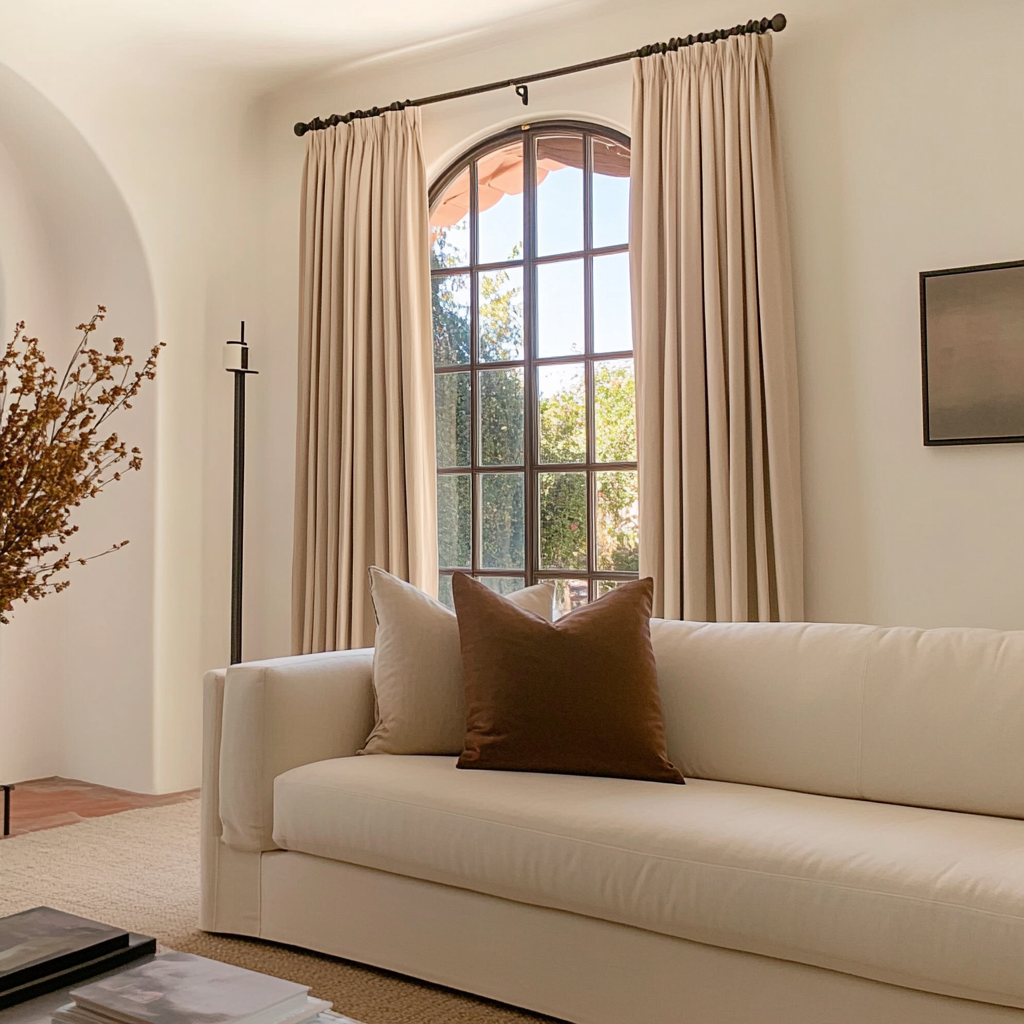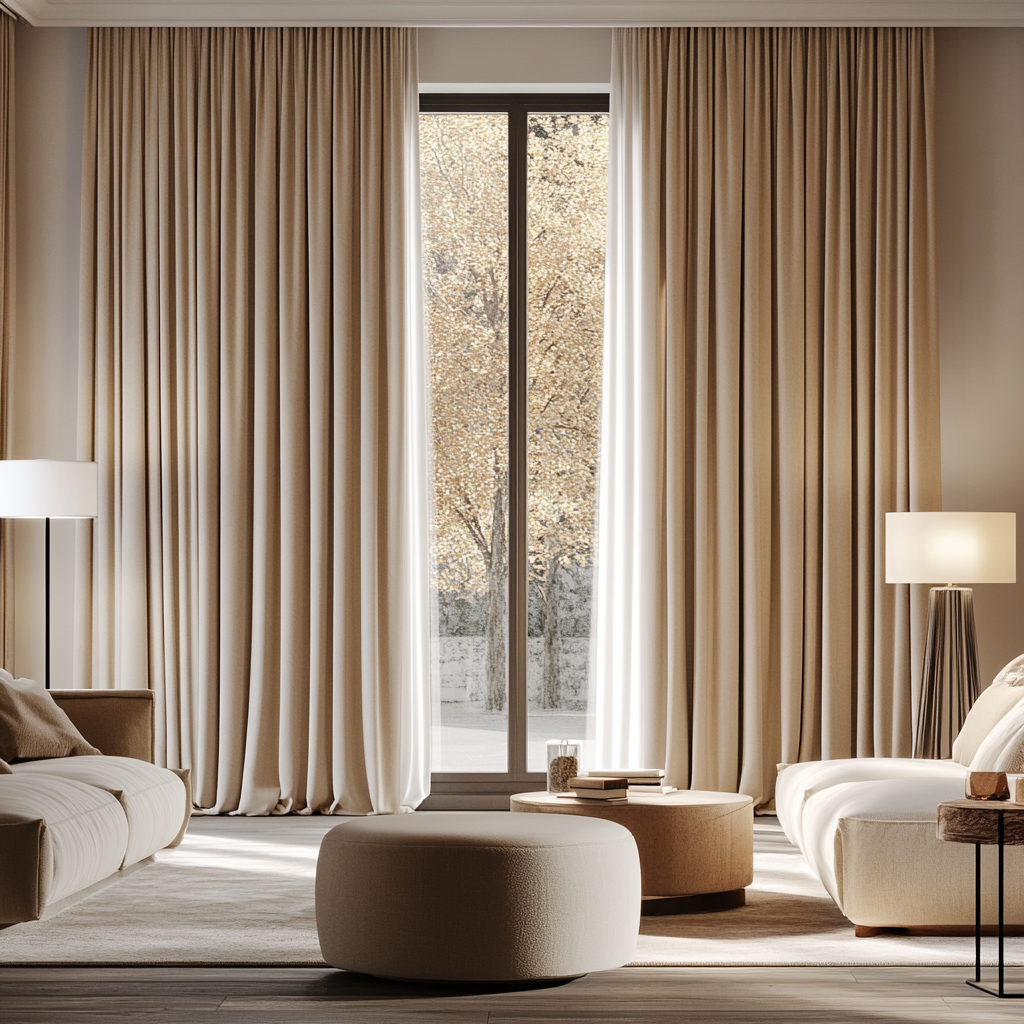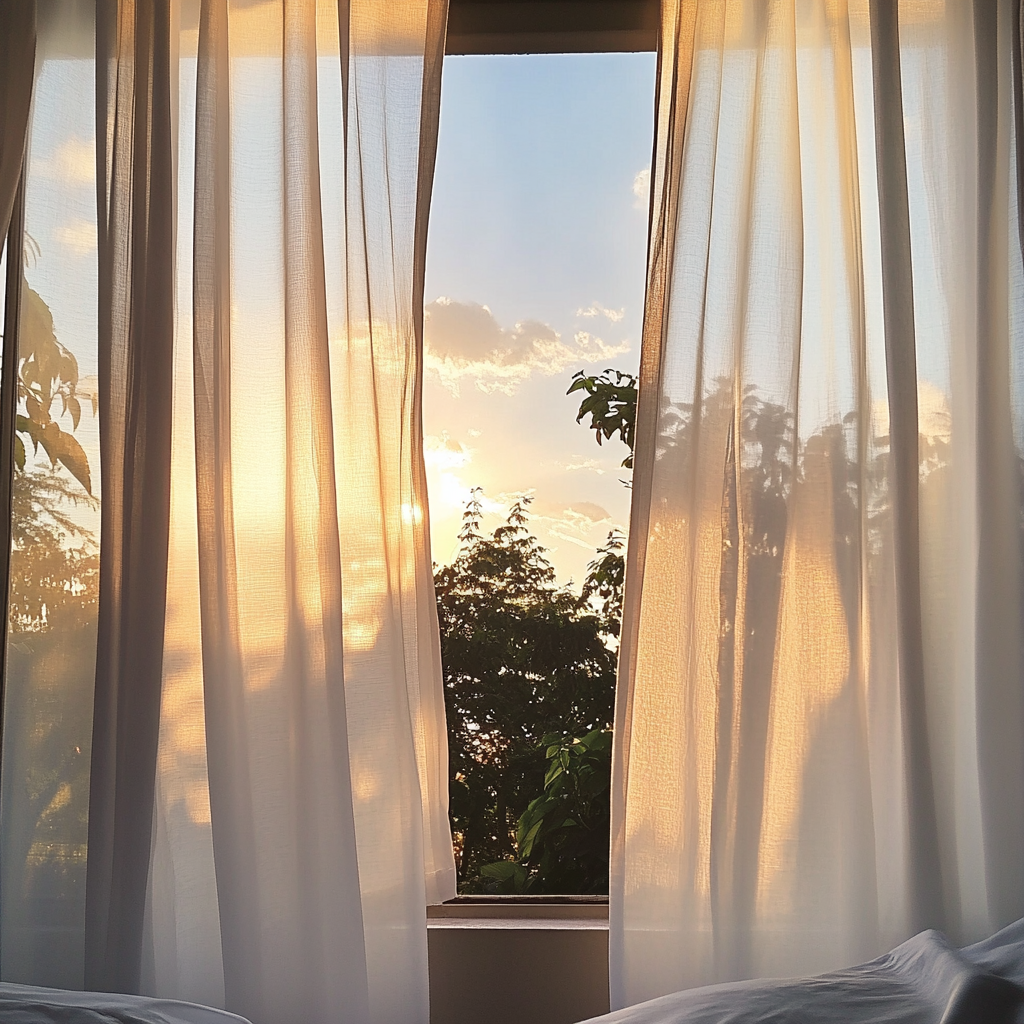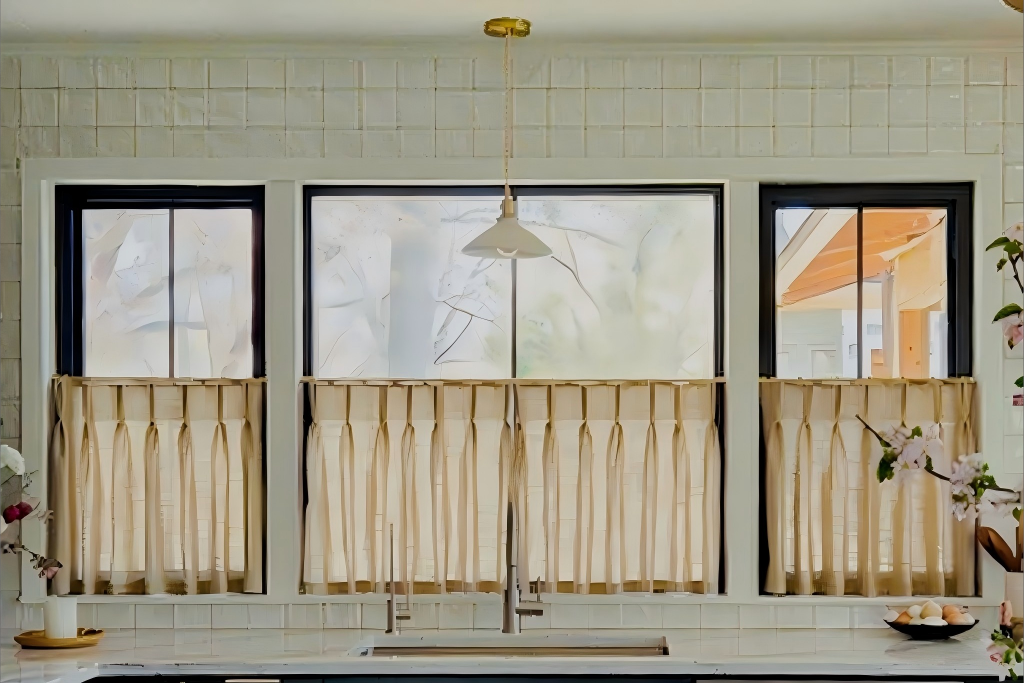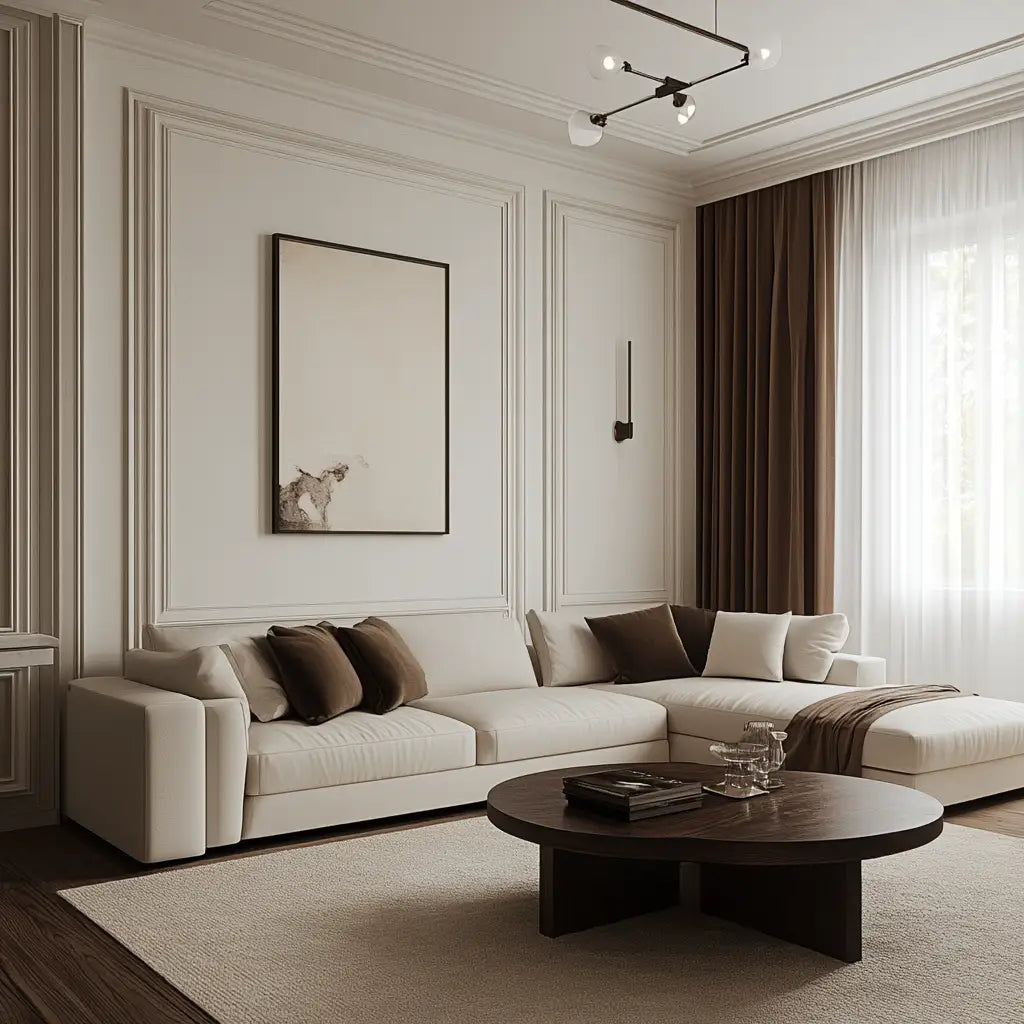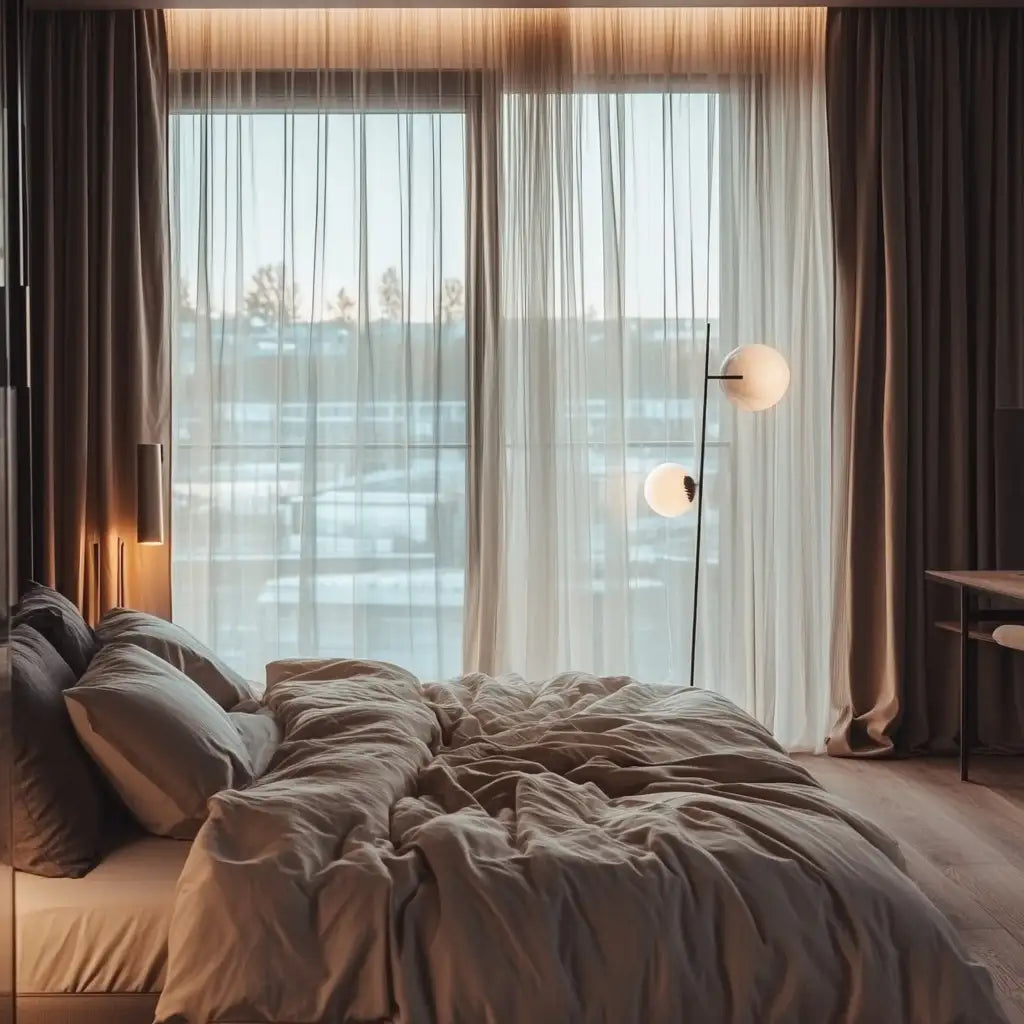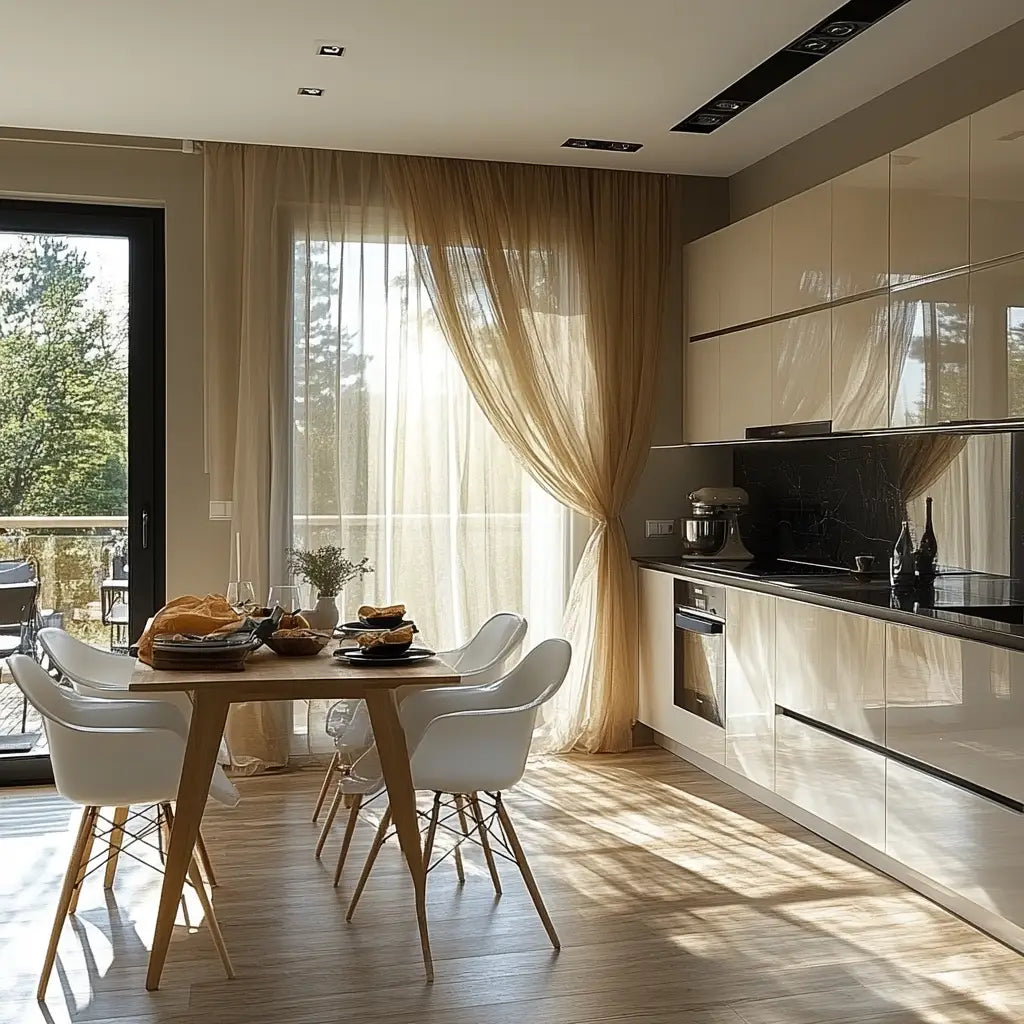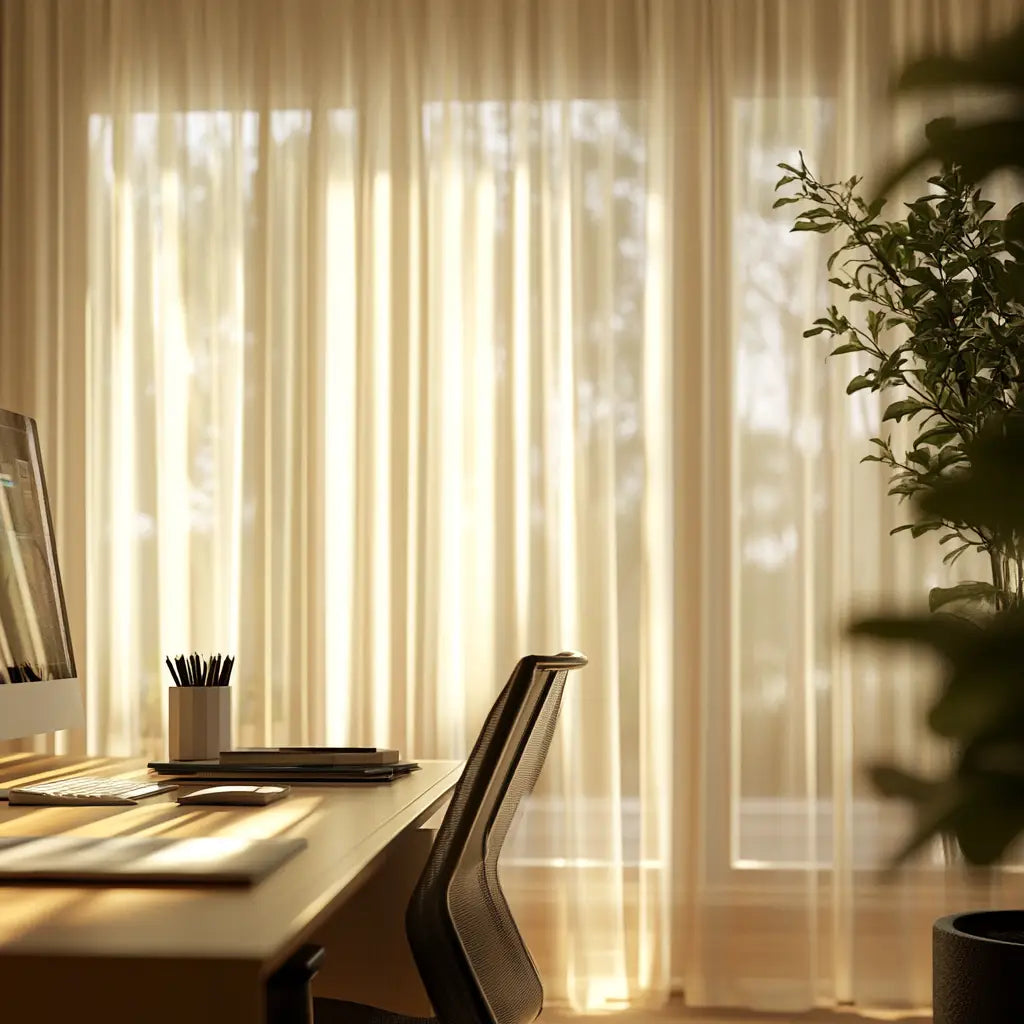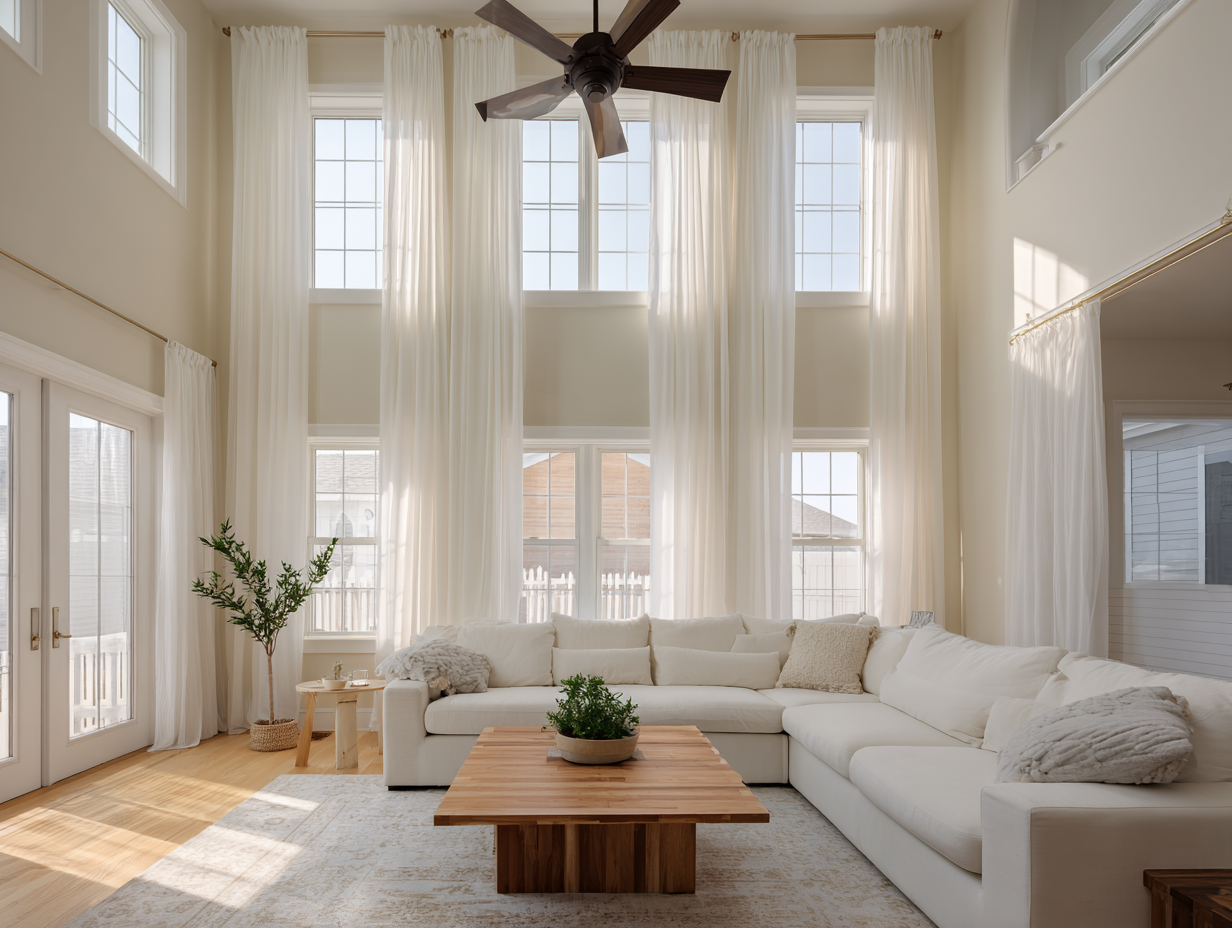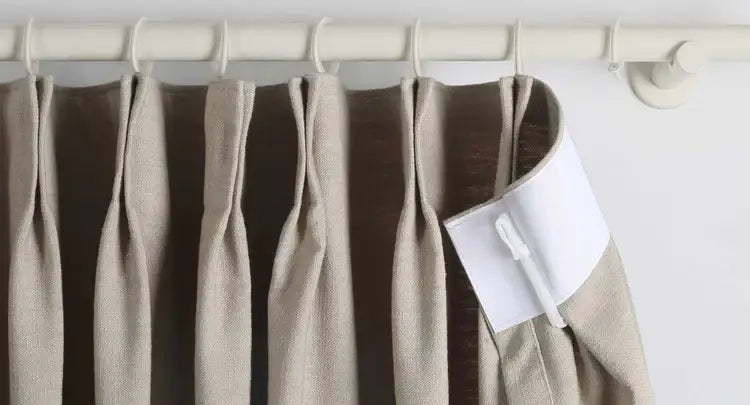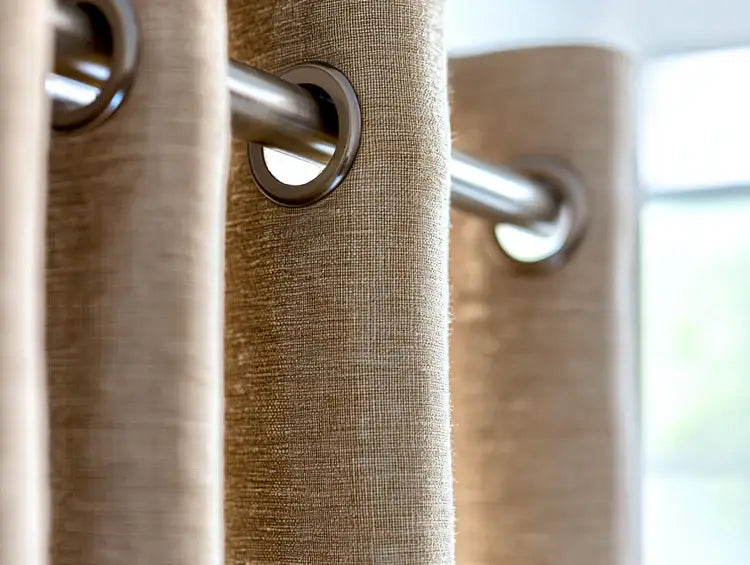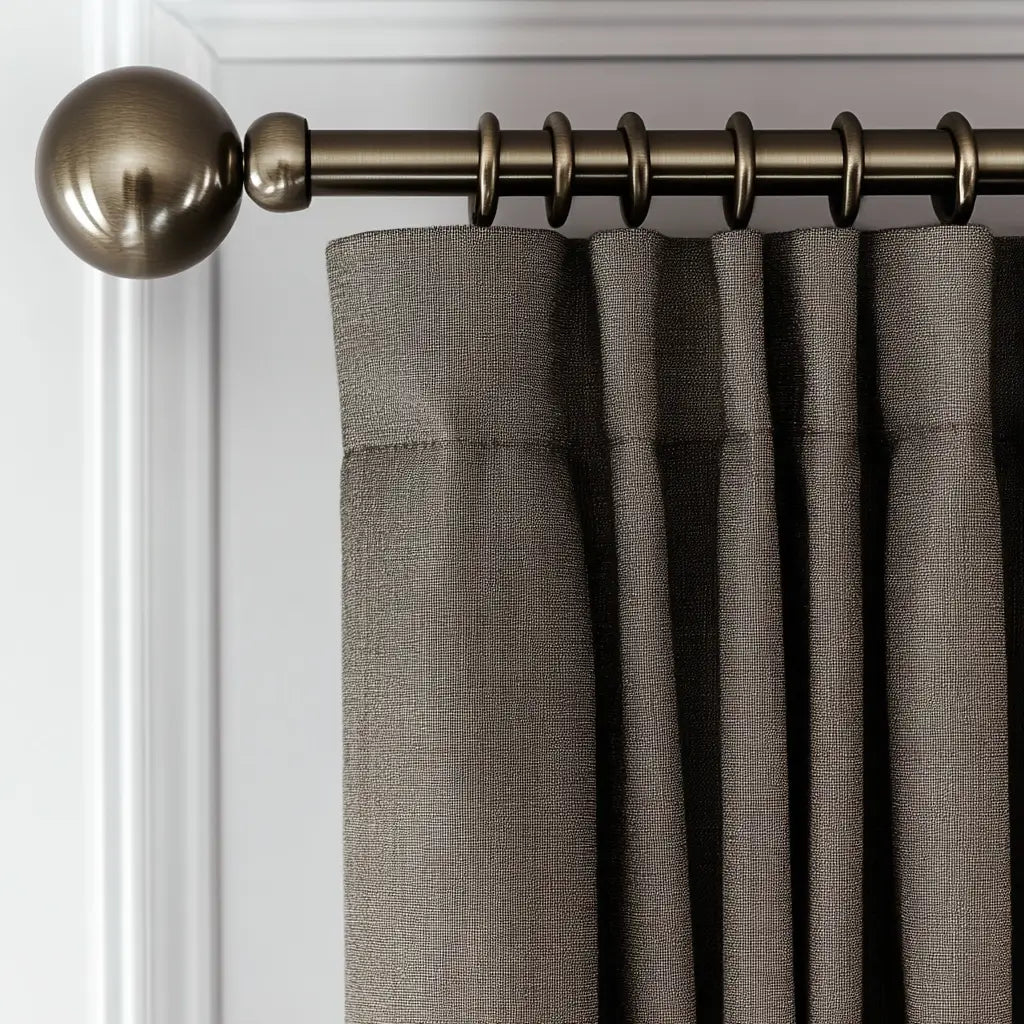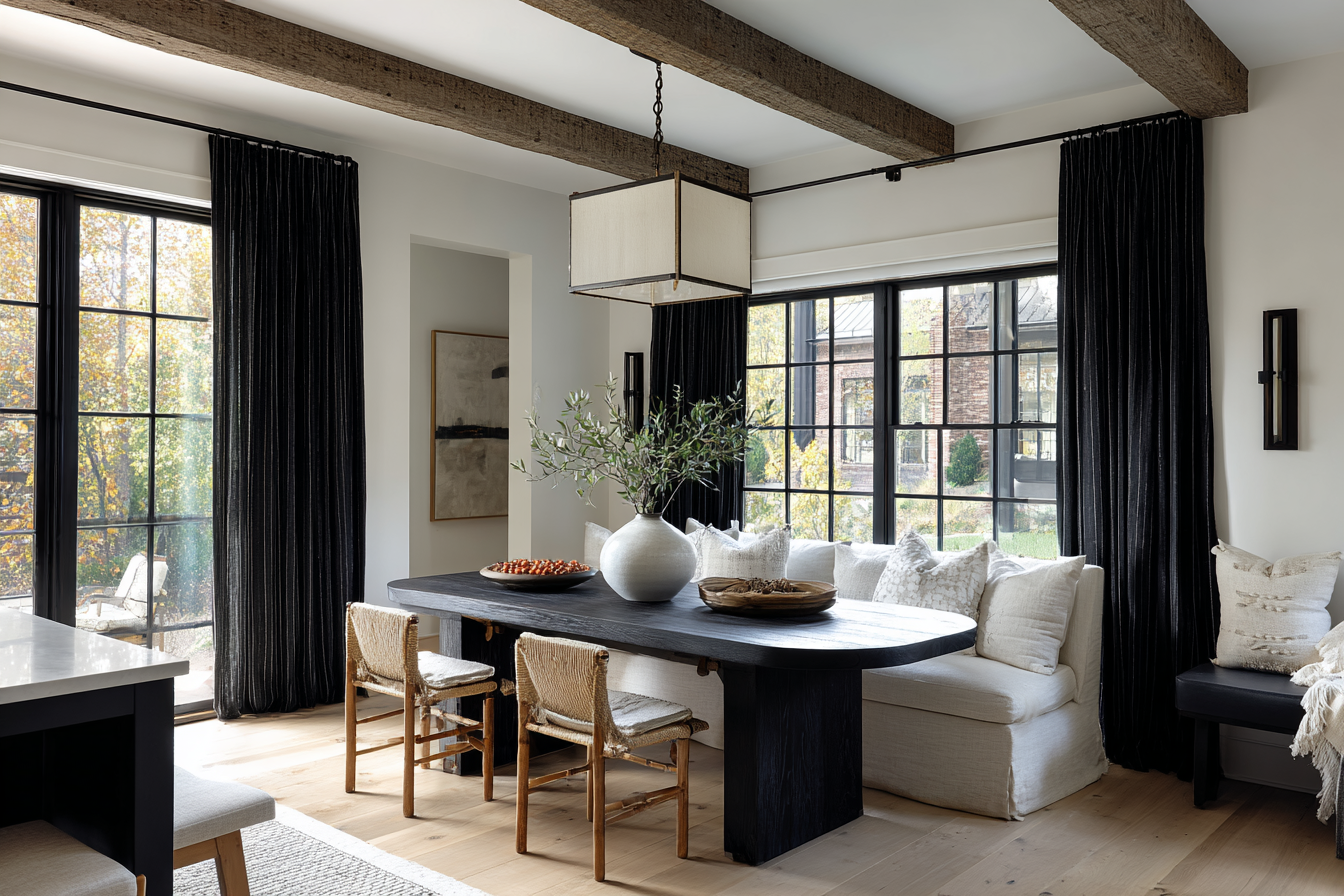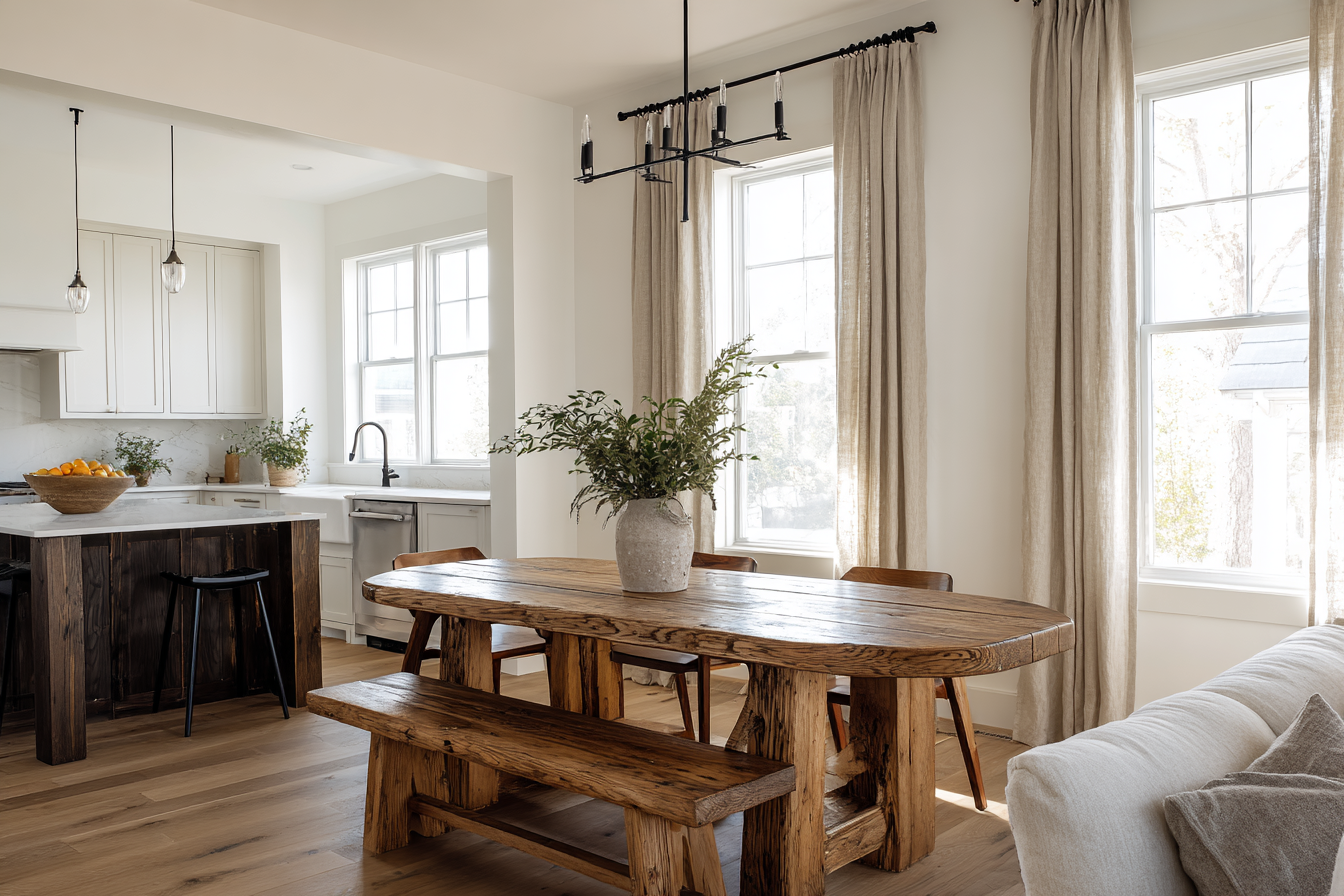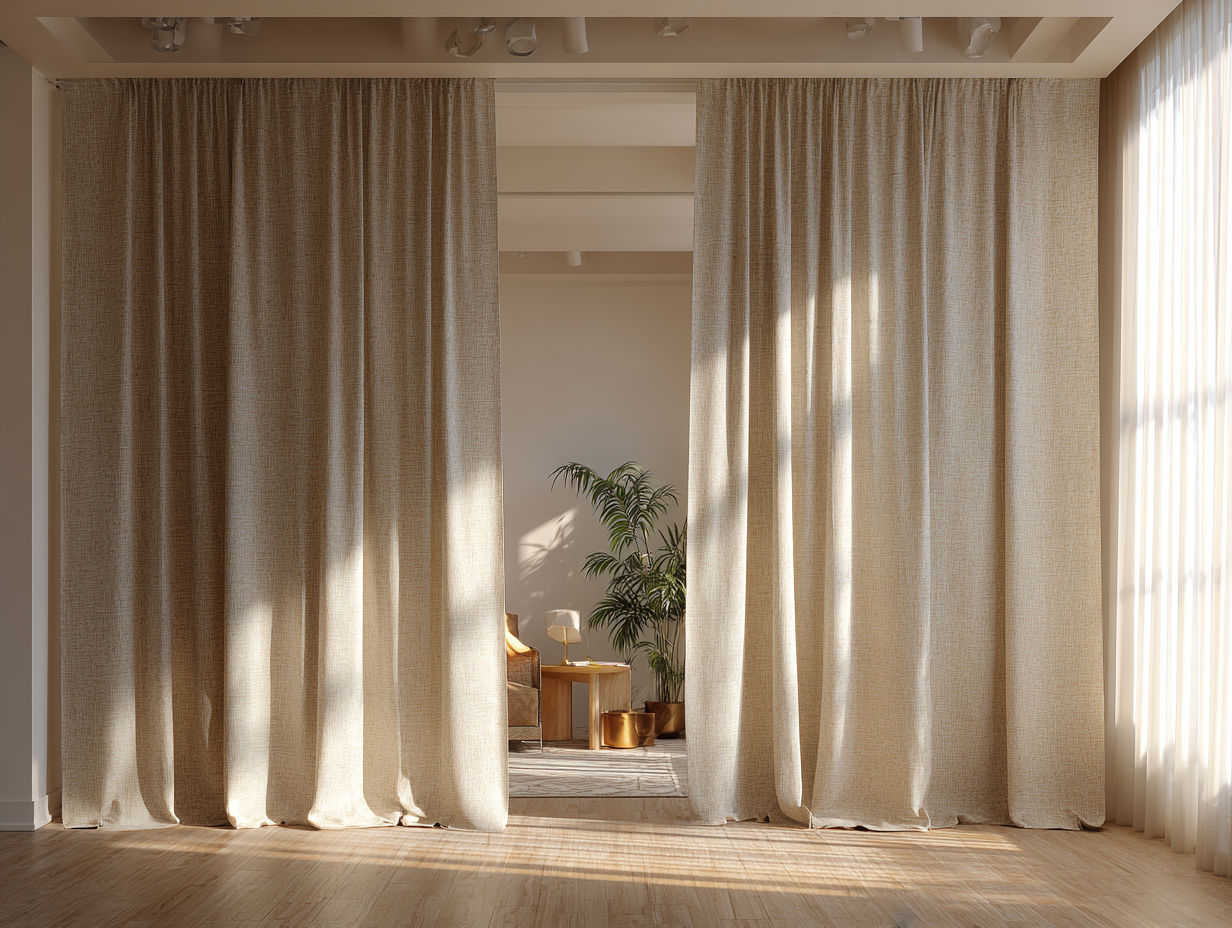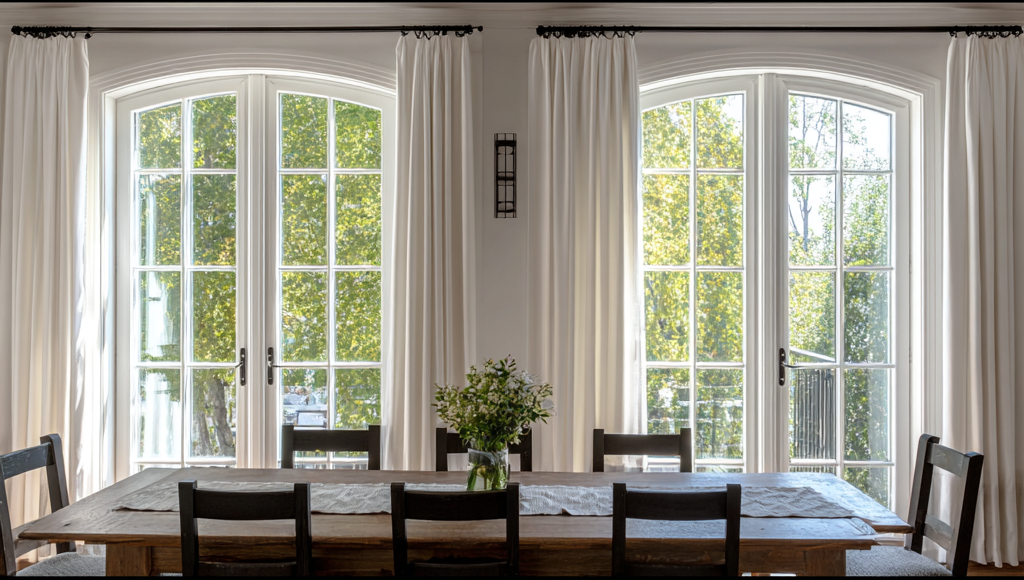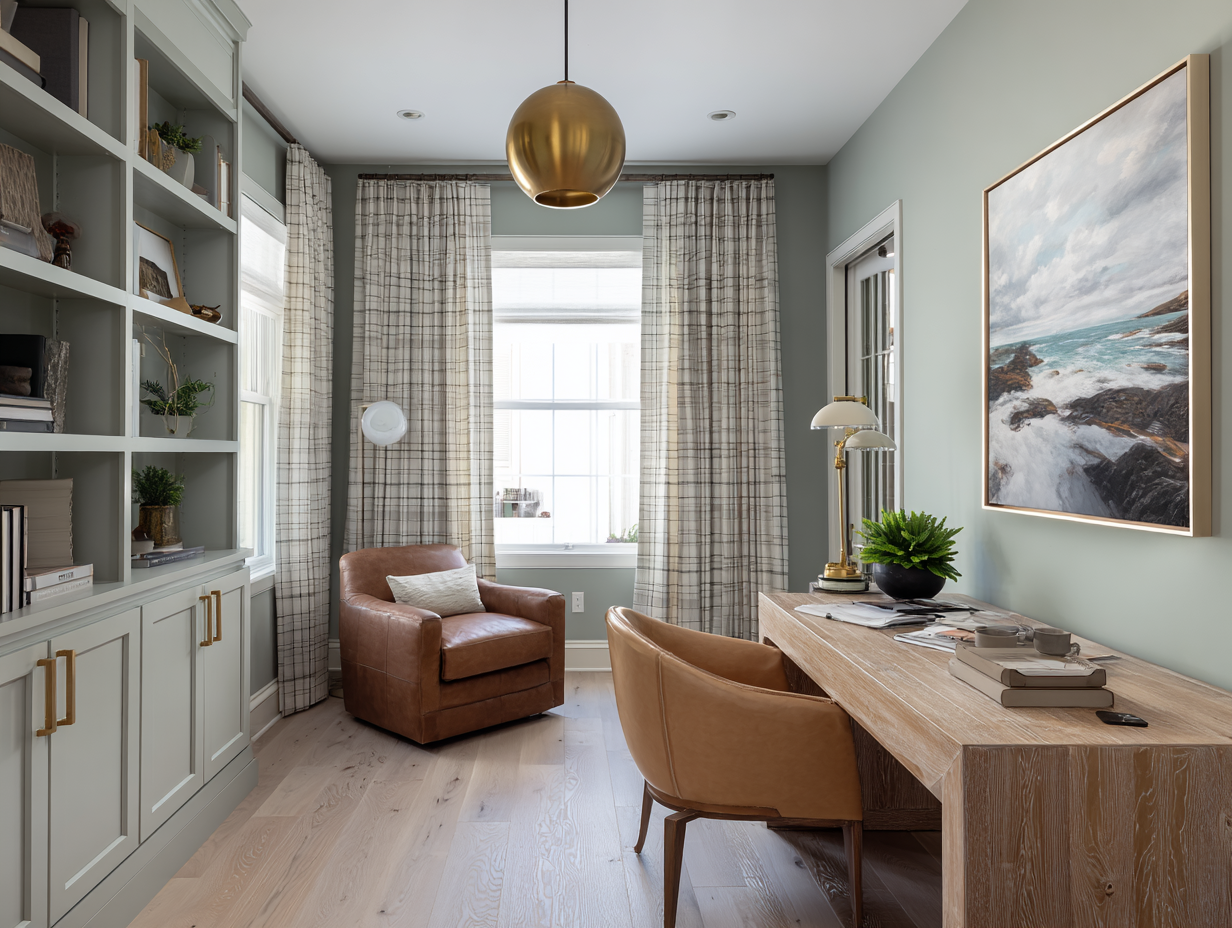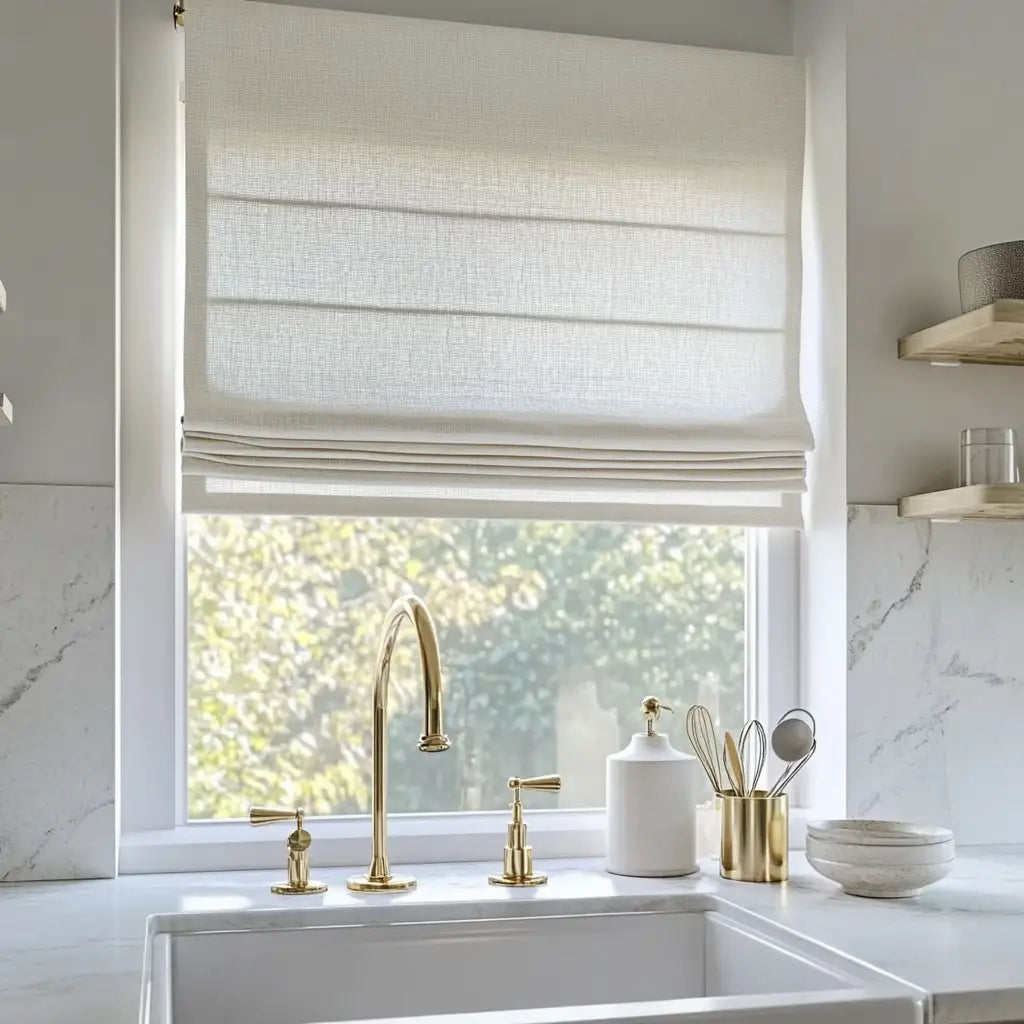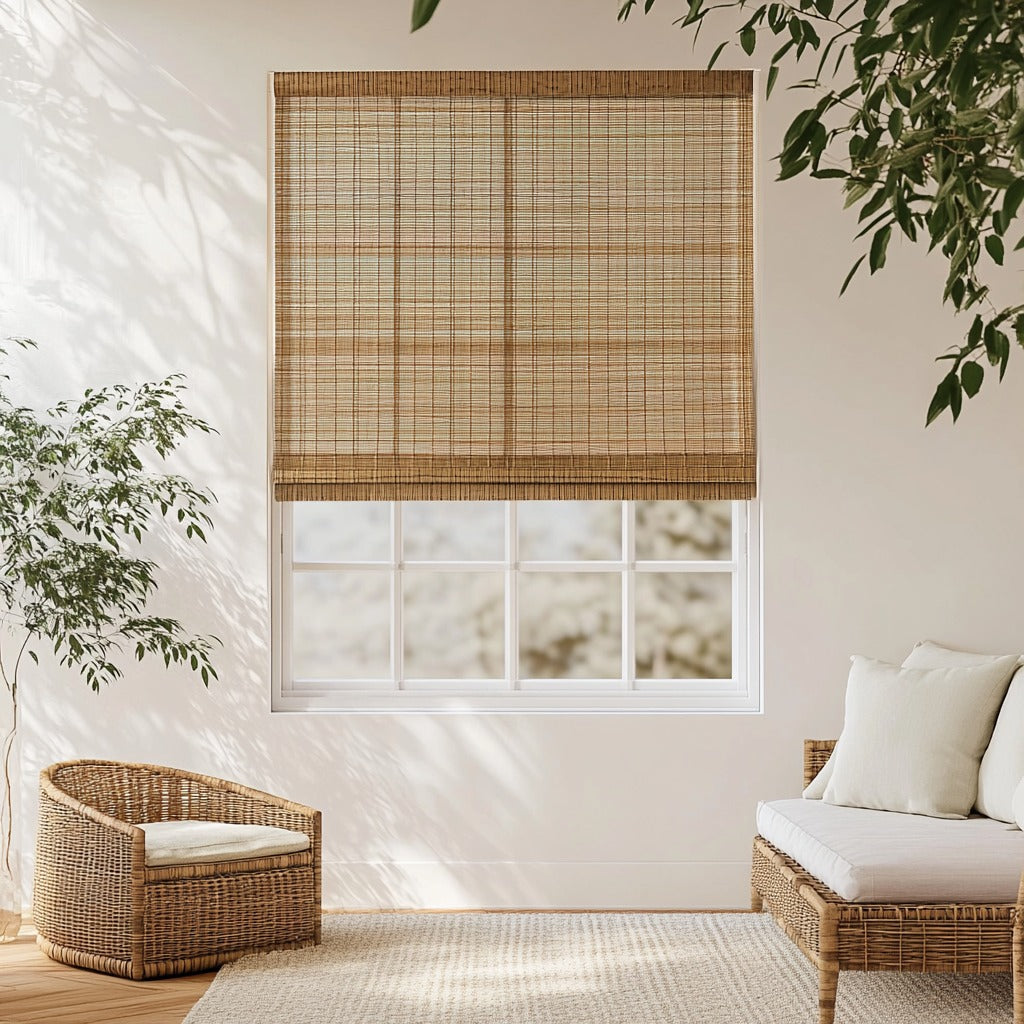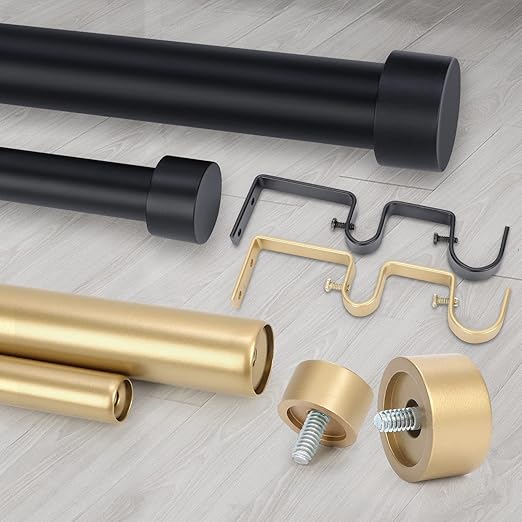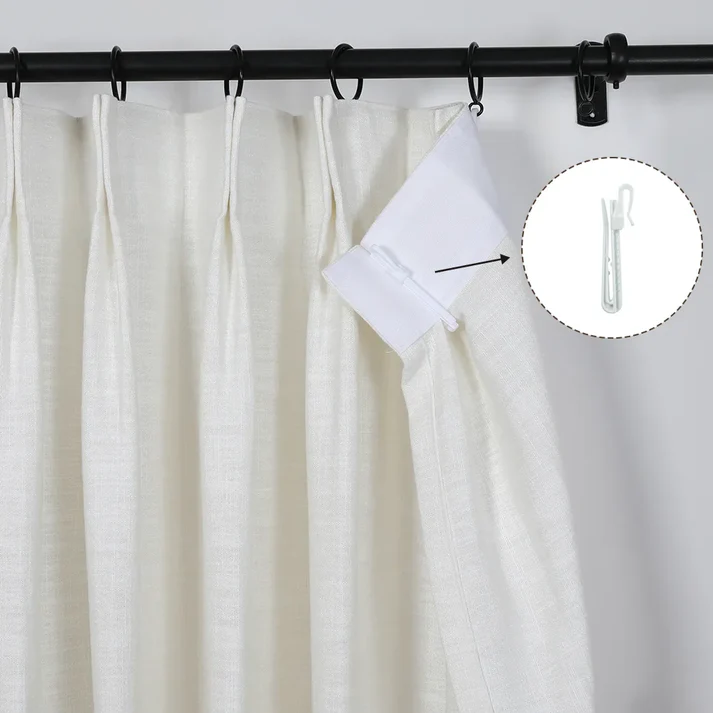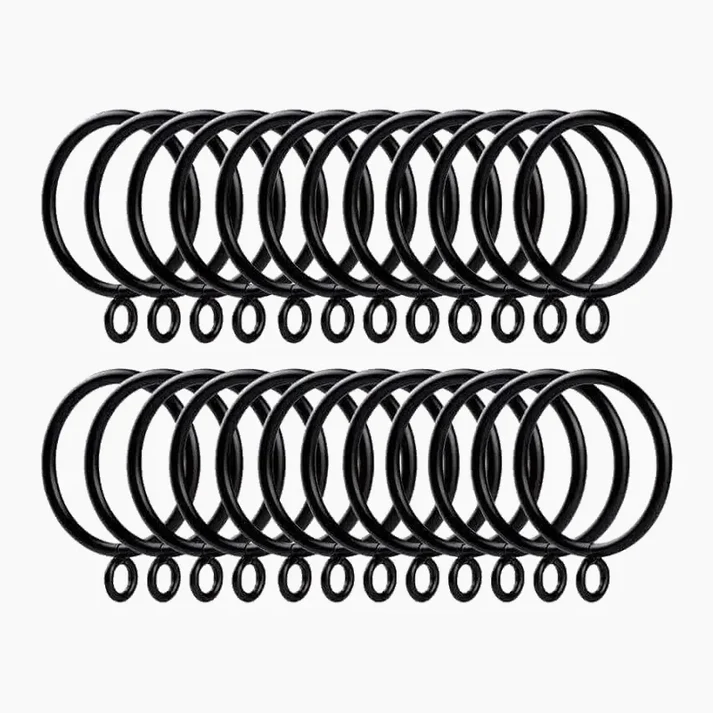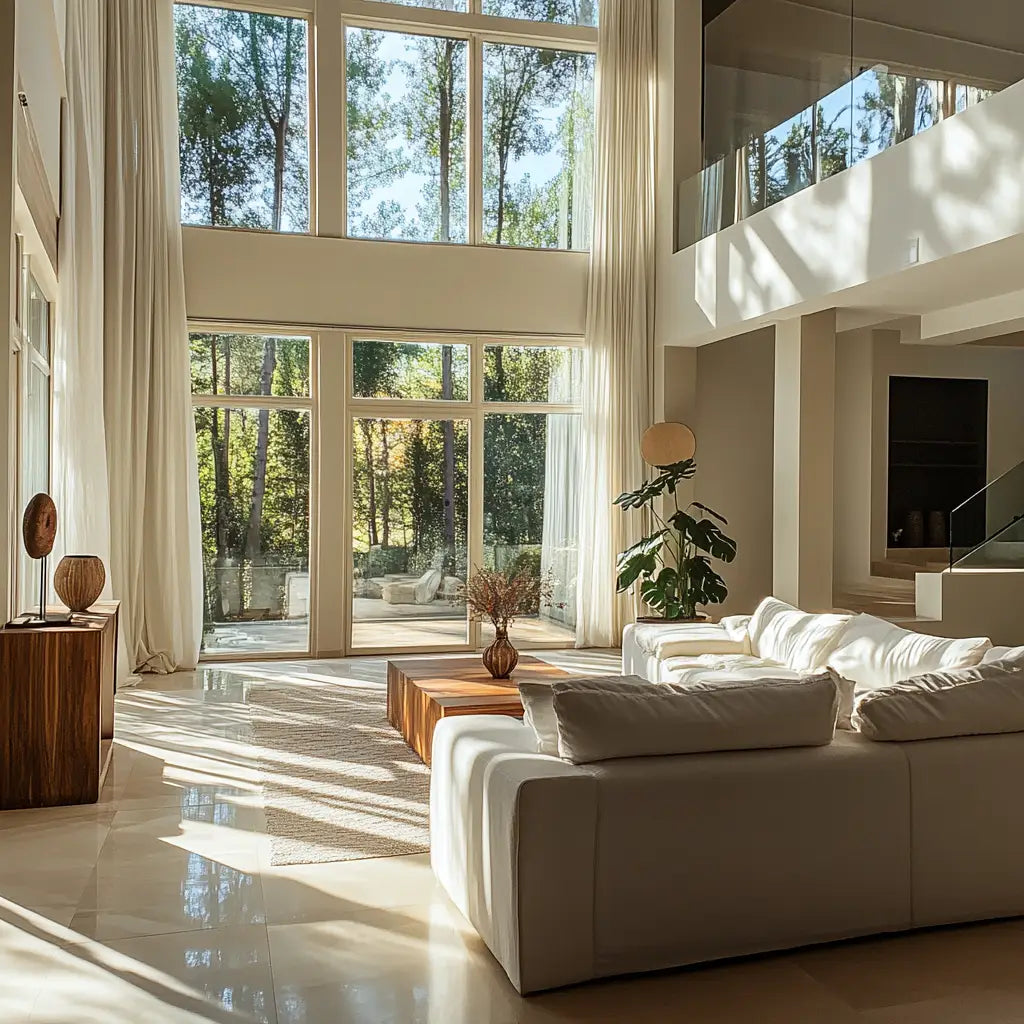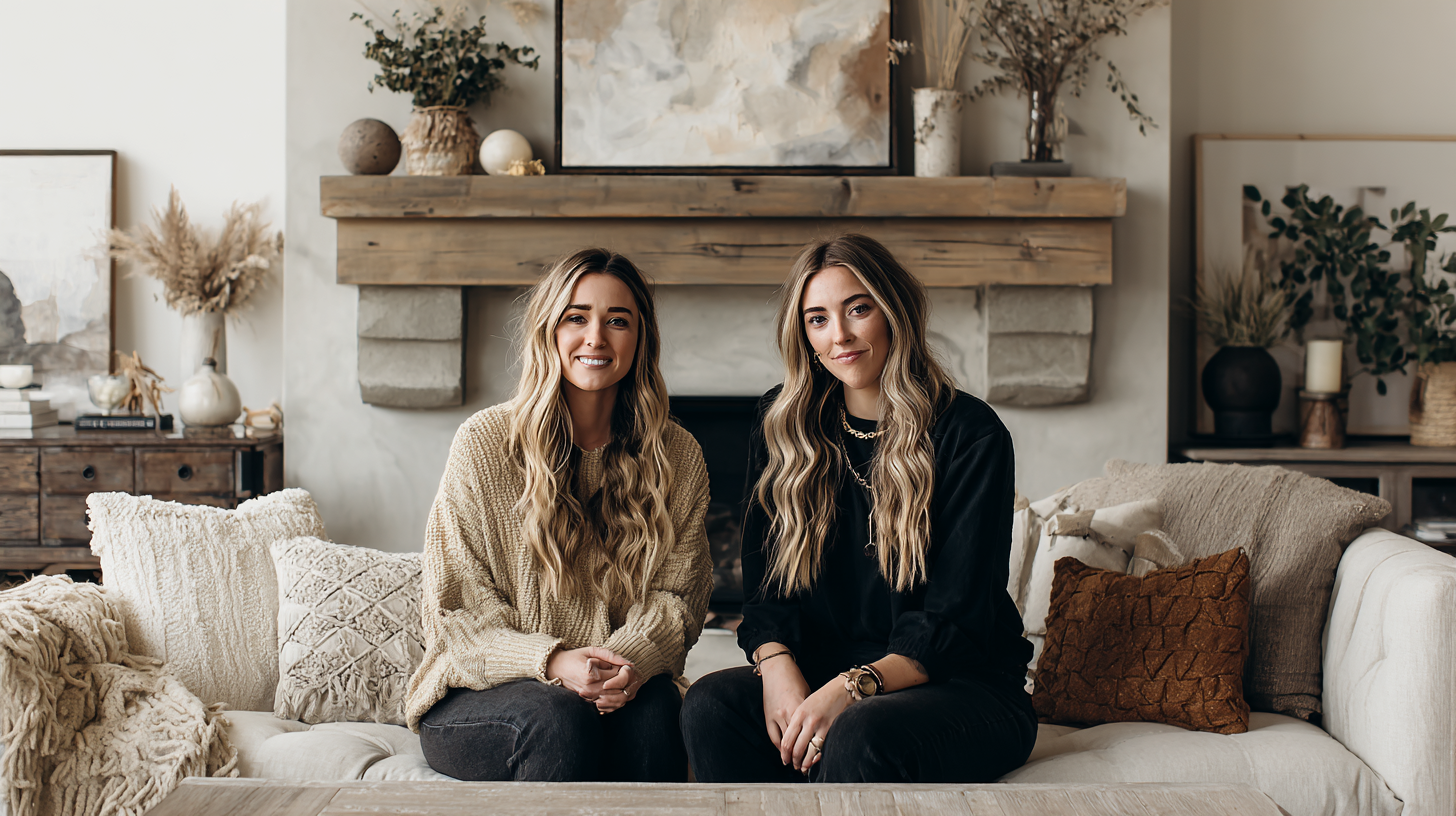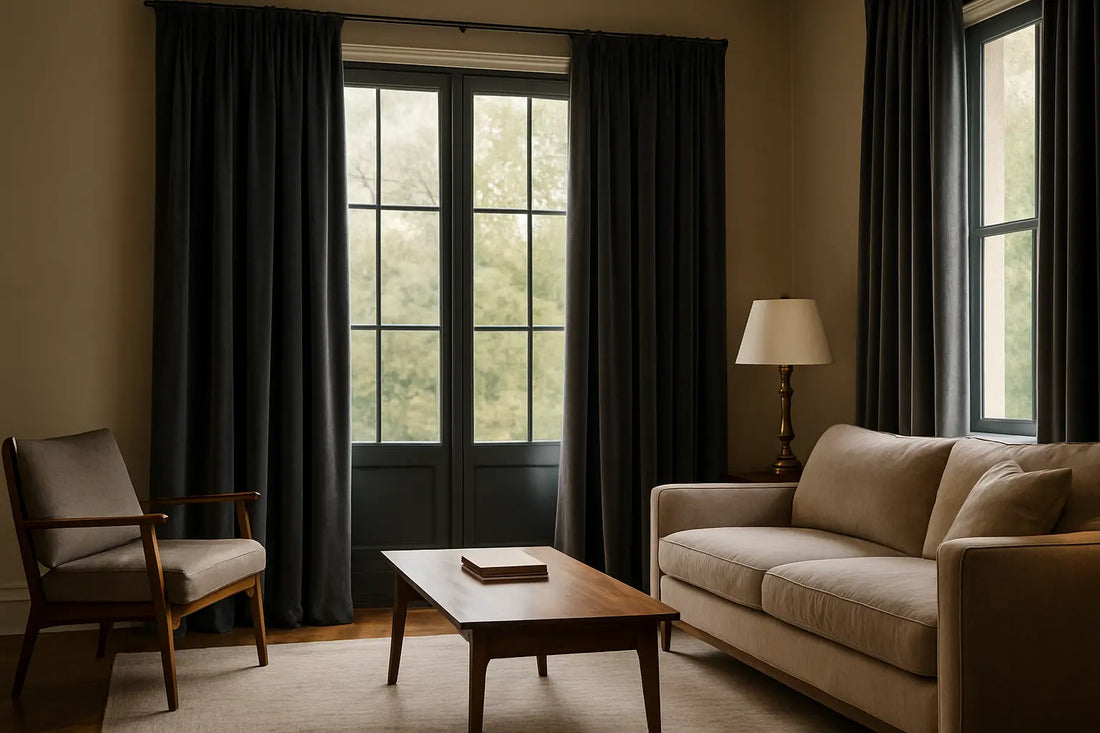
Custom Velvet Drapes: A Luxe Upgrade for Classic Interiors
Custom velvet drapes don’t just cover windows—they define the mood of a room. As a stylist, I see velvet as more than fabric; it’s a textural statement that softens light, sculpts space, and deepens the emotional tone of any interior.
Why Custom Velvet Drapes Stand Out
Velvet has a weight and presence that few materials can match. When it’s tailored to your space—floor-grazing, softly pleated, and in your perfect tone—it transforms the entire room into something composed and curated.
I often suggest custom velvet drapes for clients who want a balance of drama and elegance. Unlike ready-made panels, custom options give you control over width, height, header style, and lining—all critical if you want that just-right fullness and hang.
In rooms where I’ve used velvet, the transformation is instant. The folds fall like sculpture, and the surface reacts beautifully to natural light—diffusing harsh beams into a warm, enveloping glow.
Where Velvet Drapes Truly Shine: Room-by-Room Styling
In bedrooms, I recommend soft velvet in muted neutrals or dusty jewel tones. The effect is cocooning. There’s a quiet softness that makes the entire space feel intentional and serene.
For living rooms, especially those with high ceilings or large windows, velvet becomes an architectural element. It grounds the room. I’ve used velvet drapes for bedroom windows to add contrast against crisp white walls, or paired them with antique mirrors to heighten that sense of relaxed luxury.
Even in smaller city apartments, soft velvet drapes can bring surprising warmth without overwhelming the space—especially when paired with clean-lined furniture and natural wood.

Alt: Velvet drapes in a soft neutral bedroom with natural lighting
Tested Benefits: Insulation, Light Blocking & Noise Reduction
The appeal of velvet isn’t just visual. It’s functional. I’ve styled rooms with heavy velvet blackout drapes, and the effect is palpable—cooler in summer, warmer in winter, and much quieter overall.
In one recent install, the client lived on a noisy avenue. After switching to lined velvet panels, they noticed the sound of traffic reduced dramatically. That’s the power of velvet drapes with lining—they don’t just soften the space visually but acoustically as well.
If you're unsure which option to choose, the Velmor Velvet Drapes – Pleated Style is a favorite of mine. The structured folds keep their shape, and when paired with blackout lining, it performs beautifully for both privacy and ambiance.
Velvet is thick by nature, but with the right lining, its insulating properties rival thermal curtains. For rooms with intense sunlight, it makes a visible—and tangible—difference.
Comparing Materials: Velvet vs Linen or Sheer
Every material brings something different to the table. Linen? Airy and textural. Sheer? Light and romantic. But when the room calls for depth and weight, velvet is unmatched.
For clients with coastal or sun-drenched interiors, I might suggest custom linen drapes to maintain an airy feel. But in formal spaces or where coziness is key, velvet brings richness and privacy.
Layering also works beautifully. In several projects, I’ve combined custom sheer curtains behind velvet panels on double rods, allowing the space to shift moods between day and night.
Velvet curtains are about presence. Luxury velvet window treatments anchor the design, making the rest of the room feel grounded, deliberate, and timeless.
Style, Color & Customization Tips
This is where things get exciting. For classic interiors with warm undertones, I often choose rust, olive, or deep navy velvet. They play beautifully against wood floors and antique brass. In modern homes, charcoal and ash tones give the velvet a clean edge without sacrificing softness.
Made-to-order velvet curtains are worth the effort. Don’t settle for default sizes. Instead, choose lengths that just kiss the floor or puddle luxuriously, depending on your room’s tone.

Alt: Rust-colored velvet drapes in a walnut wood living room
Design is in the details. Pinch pleats add structure and symmetry, while soft tops offer a relaxed drape—perfect for more casual or transitional styles.
Velvet pairs exceptionally well with layered rugs, textured upholstery, and bold wall art. It’s the textile that bridges modern and traditional without forcing a compromise.
Installation & Maintenance Guidelines
Installation is all about proportions. I always recommend hanging rods at least 4–6 inches above the window frame to elevate the ceiling visually. Fullness matters too—1.5 to 2x the window width is my baseline for luxury looks.
When choosing a header style, think about tone. Pinch pleats read tailored and classic. That’s why I love the Velmor Velvet Drapes – Soft Top Header in contemporary settings—it feels relaxed, but still curated.
As for care: most velvet should be dry cleaned, but modern performance velvets are more forgiving. Spot clean with care, never steam directly, and always brush the pile with the grain if needed.
FAQ
Are velvet curtains good for blocking light?
Yes—especially when lined. They can block 90–95% of light, perfect for sleeping spaces or rooms where mood lighting matters.
Do custom velvet drapes help with insulation?
They do. The fabric’s density helps trap air, making it ideal for drafty windows or seasonal climate control.
Can velvet drapes work in modern spaces?
Absolutely. It’s all about context. Pairing velvet with matte textures, clean lines, and neutral palettes gives it a contemporary feel.
How do I clean velvet curtains?
Dry cleaning is safest, but check your product details. Spot cleaning with gentle motion is fine for minor marks. Avoid water saturation and steaming the front.
Random Articles
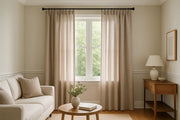
Hands-on review of linen drapes tested in real homes. Discover how they perform in light control,...
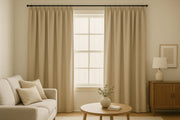
Hands-on review of cotton drapes tested in real homes. Covers light, sound, fabric, and install —...
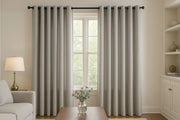
Grommet drapes are stylish and practical. Explore fabrics, colors, and easy installation tips to ...
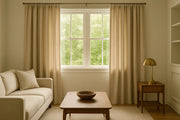
Custom cotton drapes combine elegance, comfort, and function. Explore blackout and thermal design...

